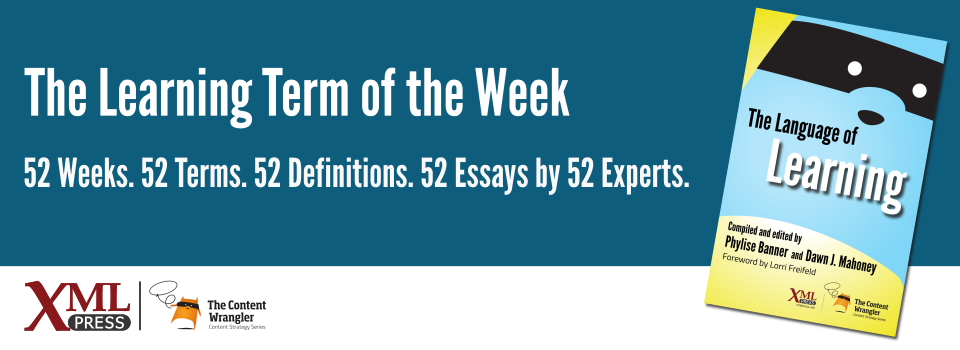What is it?
An educational delivery model, primarily through an internet-based platform, in which the learning experience is intentionally designed and incorporates best practices to share knowledge (content, learning activities, etc.) while providing thoughtful and well-structured opportunities for engagement.
Why is it important?
We are a global society and many businesses have operations in more than one country. This means that it is not always possible to bring people together for in-person training. Online learning provides the flexibility to provide needed training in a timely and quality manner. This term is important not only to educators but also to parents, business leaders, politicians, and students.
Why does a business professional need to know this?
While various forms of distance education have been around forever, online learning is a relatively new modality that has seen significant growth over the past several years. This is true not only because of the flexibility and accessibility it can provide but also because it can be employed anytime and anywhere—even during a natural disaster or other crisis. Business professionals can use online learning to reach employees who are unable to travel to in-person training.
Learners with an internet connection can select learning content that is live at a designated time at a specific internet address (synchronous online learning). Or they can select learning content that can be accessed on demand at any time (asynchronous online learning).
ELearning is a form of asynchronous, on-demand learning. It may be completed online, but you can also deliver eLearning from a Learning Management System (LMS) server that doesn’t require access to the internet.
Online learning is finding its place at all educational levels around the world, including K-12, higher education, university, corporate, and government. Education and training will continue to evolve, and online learning is just one part of that evolution. Understanding its current structure can help you determine the future direction of learning in your organization.
References
- (Bates 2016) Online Learning for Beginners: Bates, Tony. (2016). First in a series of ten blog posts about online learning.
- (Sener 2015) Updated eLearning Definitions: Sener, John. (2015). Online Learning Consortium.
- (Singh 2019) How Many Ways Can We Define Online Learning? A Systematic Literature Review of Definitions of Online Learning (1988-2018): Singh, Vandana, and Alexander Thurman. American Journal of Distance Education 33, no. 4 (2019):289–306. Article available for purchase or with a subscription.
- (Mathes 2003) Predictors for Student Success in Online Education: Mathes, Jennifer Lynn. (2003). PhD Dissertation, University of Illinois at Urbana-Champaign.

